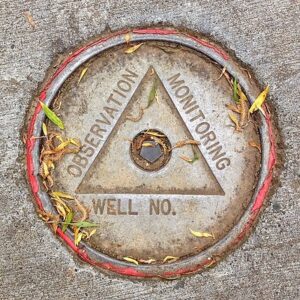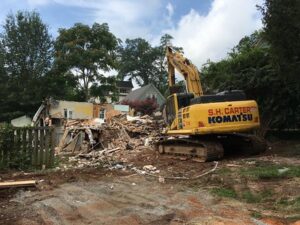A recent update by the United Way of Michigan shows an increase in the number of households classified as asset-limited, income-constrained, employed (ALICE) between 2021 and 2022. The increase is significant because poverty and near-poverty affected about 41% of Michigan households in 2022. That’s a 2% increase from 2021.
The United Wat attributes part of the increase to the end of pandemic-era cash and tax-credit subsidies that assisted households living on the margins. At the same time, certain key costs – like food and transportation – rose. There is no substitute for these expenses, so many families made cuts in other critical areas.
2022 (and 2014) recorded the second-highest percentage of ALICE households since 2010. In 2012, 42% of Michigan’s households operated near or below the poverty line. A full one-third of Michigan households with children under the age of eighteen meet the ALICE definition. It’s not hard to understand why the number of households with children is in decline. Having children is a luxury that a growing number of Michiganders simply cannot afford.
But families don’t represent the biggest increase in ALICE households here. Households headed by single men showed the largest increase in near-poverty conditions. These households (44%) increased nearly four times as fast as ALICE households comprised of married parents (12%) and those headed by single females (14%). And more than half of all Michigan households headed by senior citizens meet the ALICE definition.
The news about prosperity and poverty isn’t great. While the number of Michigan households in poverty has declined by 6%, the number of ALICE households here has increased by 20%. As it turns out, there’s a trivial difference between living in poverty and living in near-poverty.
Little difference between ALICE households and impoverished households
These numbers apply to Michigan. Imagine what these numbers look like for Washtenaw County, where the cost of living is 20% higher than the statewide average. If anything, it gives an exceptional reason for places like WCC to focus on creating and expanding programs that prepare residents for high-wage, high-demand occupations. We also need WCC to focus on programs that enable real economic development and economic diversification in Washtenaw County.
We are already dealing with the reality that a substantial portion of our young adult workforce does not generate enough household income to live here in Washtenaw County. This has already created a commuter workforce. Inadequate earnings also mean that fewer people can afford permanent housing here. It creates a transient workforce and makes it extremely easy for them to leave the area altogether.
Is this really what we want?
Photo Credit: Belén Muñoz, via Flickr



















